These Gothic Novels Will Spice up Your Collection of Spooky Reads

One can never have enough Gothic novels, those tempestuous tomes that lurk on our bookshelves, beckoning us with a gloved, skeletal finger. The appeal lies in the excitement of exploring the depths of one’s psyche and discovering long-buried family secrets, both metaphorical and physical. These books tantalize with the prospect of heartbeats racing from more than just love affairs, serving up an exquisite combination of terror and pleasure.
We also enjoy that constant reminder of the delicate tightrope we walk between being civilized and turning into wild beasts, between maintaining our sanity and succumbing to the allure of the supernatural. In essence, Gothic novels are like that questionable mystery meat stew at a medieval festival—unsettling, unpredictable, but oh-so-intriguing. And if you’re the curious type with a peculiar appetite, this collection of Gothic books will surely satisfy your cravings.
The Turn of the Screw by Henry James

The Turn of the Screw is so delightfully ambiguous that it keeps readers perpetually balancing on the edge between the world of ghostly hauntings and the equally creepy corridors of the human psyche. The governess, our intrepid yet perhaps slightly unhinged heroine, sets out to shield her young charges from what she perceives as evil apparitions.
Yet, as the pages turn (and the screws tighten), one wonders: are these phantoms products of Bly’s haunted history or merely figments of an overwrought imagination? By the story’s end, don’t be alarmed if you find yourself peering suspiciously over your shoulder.
The Haunting of Hill House by Shirley Jackson
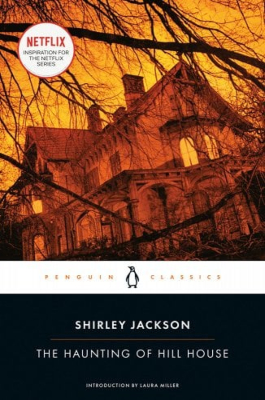
In The Haunting of Hill House, we are cordially invited to the frightening Hill House, along with a misfit gang of paranormal believers and skeptics. Hill House is a mansion less concerned with housing the living and far more preoccupied with its bizarre oddities. Our fragile protagonist, Eleanor, attends this ghostly party, hoping to find some respite from her dull existence.
However, she soon learns that some houses have, shall we say … a rather possessive personality. Jackson’s narrative, waltzing between chilling moments and dark humor, offers us a house tour where walls might close in, doors stand stubbornly ajar, and the line between the haunted and the haunter blurs exquisitely.
The Bloody Chamber and Other Stories by Angela Carter
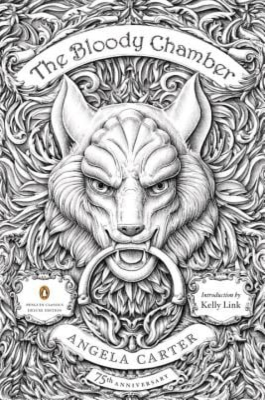
With her sharp pen and taste for the eerie, Angela Carter explores the dark corners of classic fairy tales in The Bloody Chamber and Other Stories, reimagining their heroines as strong but imperfect warriors rather than fragile princesses.
Here, Bluebeard’s bride is no helpless lamb being carried to the slaughter, and the wolf may have taken on more than he can handle in Little Red Riding Hood. Carter’s stories have a gloomy radiance, a mix of the erotic and the grotesque, challenging our preconceptions about femininity, desire, and the very nature of storytelling.
Mexican Gothic by Silvia Moreno-Garcia
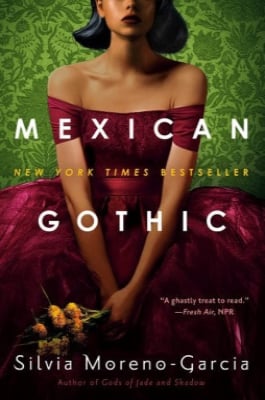
When our chic and headstrong protagonist, Noemí, sashays her way into the musty halls of High Place, one can’t help but think she’s traded the bright lights of Mexico City for a setting far more moldy. The decrepit mansion, with its strange inhabitants, makes the Bates Motel seem like a five-star resort.
And the dashing yet potentially deranged Virgil Doyle? He’s the kind of man mothers warn their daughters about—and not because he forgets to send thank-you notes. Mexican Gothic is a horrifying and captivating masterpiece that author Moreno-Garcia brilliantly weaves together from various strands, including horror, colonialism, and romance.
The Essex Serpent by Sarah Perry

The Essex Serpent is a tale that sways between Gothic romance and a naturalist’s field diary, with all the vivacity of a Victorian scandal. When our brave widow, Cora Seaborne, trades the staid streets of London for the mud-laden allure of Essex, she’s in pursuit of a mythical beast but might just snag something even more elusive: passion. One might expect local hysteria with the rumored serpent slithering through the marshes, and Perry does not disappoint.
The true nature of monsters, both legendary and human, becomes confused among eccentrics, enlightened medics, and the occasional befuddled vicar. Perry’s narrative is a sly wink at the scientific and the supernatural, leaving one to ponder which is more capable of upending a quiet village: a lurking leviathan or unchecked human desire.
The Thirteenth Tale by Diane Setterfield

In this story, Margaret Lea, a bookseller with a penchant for the past, is summoned by enigmatic author Vida Winter. Having spent a lifetime spinning a web of stories, Miss Winter finally seeks to unravel her own cryptic narrative.
As Margaret listens, we are ushered into a gothic tunnel of twins, ghosts, and, of course, the ever-present moldering mansion—because what’s a gothic tale without a bit of dampness and decay? Setterfield’s prose in The Thirteenth Tale dances between the lines of reality and fiction, reminding us that sometimes the most haunting stories are the ones we tell ourselves.
The Invisible Life of Addie LaRue by V.E. Schwab

The Invisible Life of Addie LaRue by the inestimable V.E. Schwab is an artfully constructed tale that could make even the most steadfast statues come to life if only to applaud. In a moment of youthful foolishness (and who among us hasn’t had one … or several?), young Addie makes a Faustian bargain for immortality. What’s the catch? She is to be forgotten by everyone she meets, rendering her existence as elusive as a dream upon waking.
However, after 300 years of existential hopscotch, a bespectacled gentleman recalls her face on one fine day. And isn’t that just the way? You wait three centuries for someone to remember you, and then it happens in a New York bookstore. Schwab skillfully links stories from different eras to examine the weight and pleasure of being remembered—and the cost of being forgotten.
The Turn of the Key by Ruth Ware

The Turn of the Key is a modern techno-Gothic tale that might make even the hardiest smart home fan think twice about asking Alexa to dim the lights. We enter the world of Rowan Caine, who’s lured to a luxurious Scottish Highlands house gig by the promise of a generous paycheck and, presumably, picturesque vistas. Little does she know, the ‘smart’ in ‘smart home’ might as well stand for ‘sinister.’
Ware expertly mixes old-school suspense with contemporary chills, reminding us that while technology evolves, human nature—and our innate fear of the unknown—remains blissfully static. You might chuckle at the juxtaposition of creepy Victorian architecture with cutting-edge tech, but when the walls have ears (and eyes, and perhaps a mood or two), the line between convenient and creepy blurs.
The Silent Companions by Laura Purcell
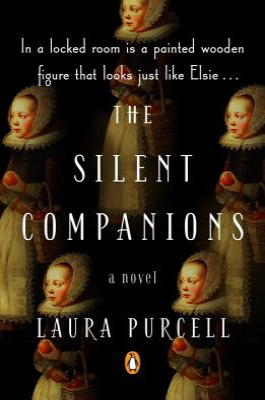
Elsie, our protagonist, who expected the usual nonsense of Victorian widowhood (dour garments and perhaps a quiet manor), gets more than she bargained for in the form of painted wooden figures eerily resembling real people. These ‘companions’ are not the chatty sort; in fact, they’re decidedly silent.
Worse, they pop up uninvited, like that overly enthusiastic relative at family gatherings. As The Silent Companions‘ plot thickens, the reader falls into a gothic blender of mystery, horror, and good old-fashioned family secrets.
We Have Always Lived in the Castle by Shirley Jackson
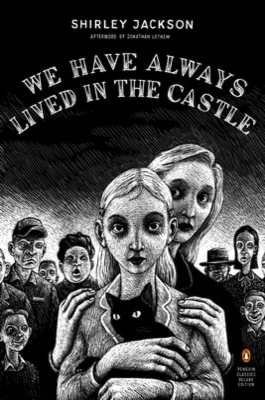
We Have Always Lived in the Castle, a charming family memoir—well, if your family includes poisonings, societal ostracism, and a touch of arson—offers a peek behind the curtains of the Blackwood mansion.
Here, the last remnants of the Blackwood clan, Mary Katherine and Constance, hold court. These sisters, less ‘Little Women’ and more ‘Macabre Maidens,’ navigate their peculiar life with a cat named Jonas and Uncle Julian, who’s penning his tell-all (or, as much as he can recall).
(featured image: Penguin Group)
Have a tip we should know? [email protected]
